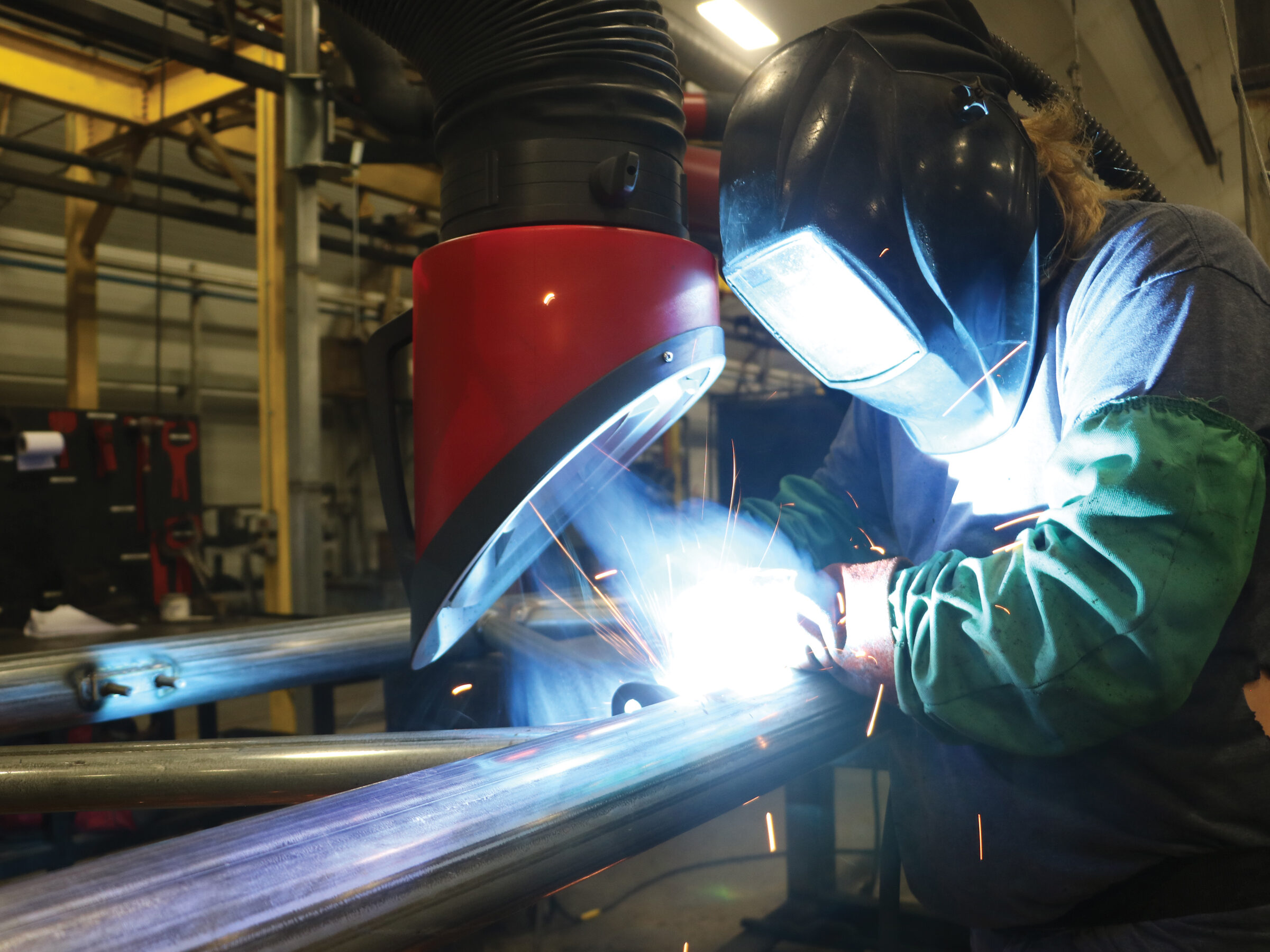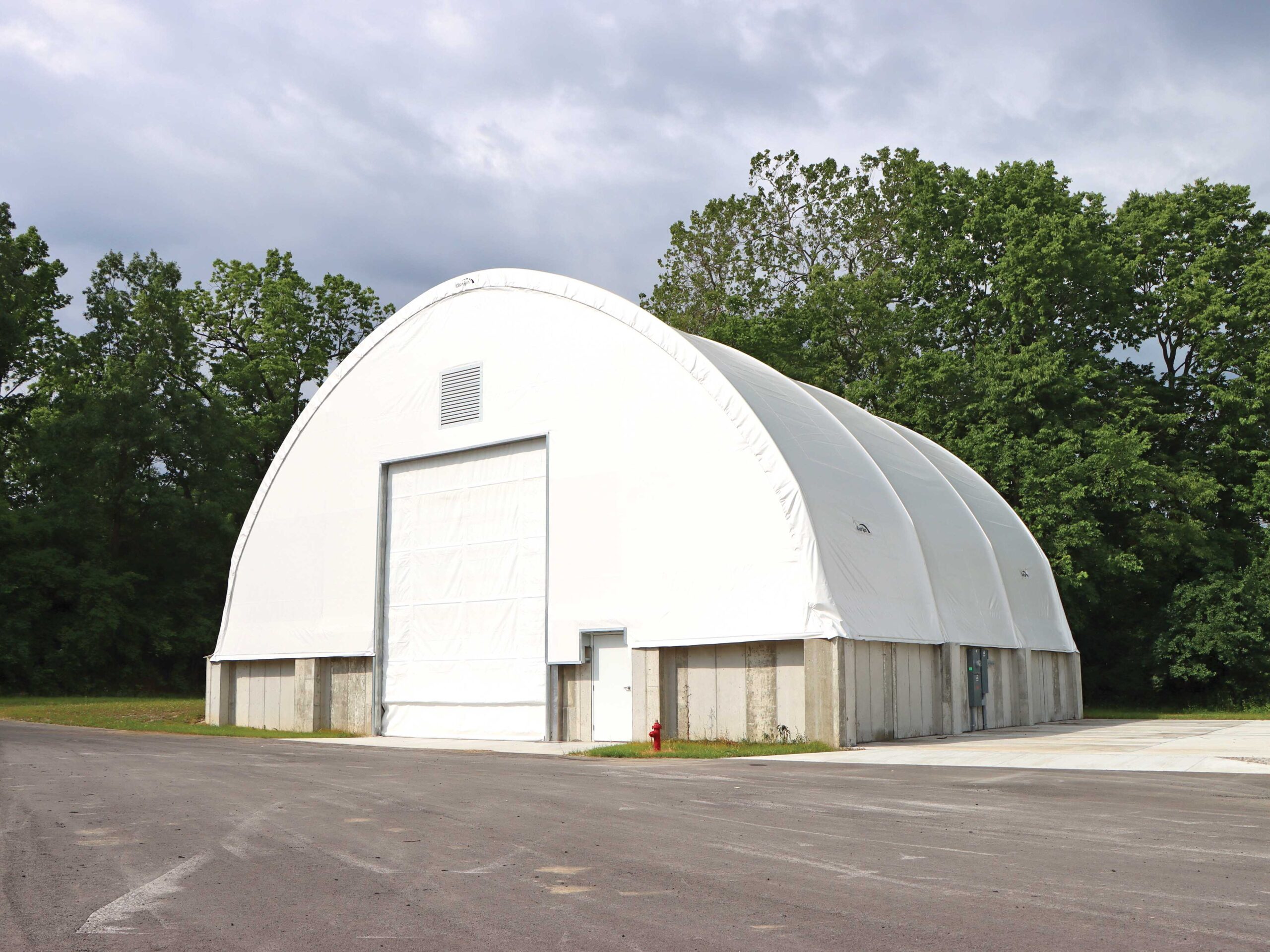Why Commercial Modular Buildings Make Sense For Modern Businesses
Industries are always changing, and the businesses that manage to stay successful over time are often the ones willing to adapt. Without innovation and new ideas, operations are more likely to get left behind by their competitors, unable to tailor their business strategy around the demands of the current market.
Likewise, this concept can also be applied to the building industry. Similar to those operations that fail to evolve, traditional construction methods are slowly becoming outdated, and more businesses today are finding that their building projects are taking too long, going over budget and failing to meet the level of versatility their leaders strive for.
To continue operating at the highest level, businesses need a structure that aligns with their future goals and ambitions. One solution that’s becoming increasingly popular is the commercial modular building, which can provide operations with the quick, cost-effective and versatile structure they’re looking for.
With all the different types of buildings out there, many operations will still end up debating over which structure makes the most sense for their business. To help with the decision-making process, we’ve highlighted some of the most essential details regarding commercial modular buildings, including how modular construction works, what materials these buildings employ and the key benefits they have to offer.
How Does Modular Construction Work?
In modular construction, the components of a building are completed offsite at a manufacturing facility, and then delivered to a business’s chosen location to be assembled. These are often referred to as commercial modular buildings or prefabricated buildings, and have become sought after by businesses everywhere due to their versatility, affordability and fast completion time.
This method is much different than traditional construction, where building parts are delivered to a site as separate materials, and workers and craftsmen must figure out how to assemble the pieces as they go. Not only is this process more labor-intensive, but because of the increased time spent on site construction, projects can be more susceptible to delays, like those brought on by harsh weather conditions, labor shortages and other unknown variables.
Despite their lower upfront cost and reduced installation requirements, commercial modular buildings still take advantage of the same high-quality materials as most conventional structures. By going with a reputable manufacturer who specializes in modular construction, businesses can get a long-lasting, yet economical building in as little as 90 days.

Sign Up Now To Learn More
What Materials Are used In Modular Construction?
Commercial modular buildings can employ many of the same materials used in traditional construction, including wood, steel and concrete. Although wood and concrete have their advantages, steel framing tends to be the most effective option for commercial businesses, as it is well-suited to both small and larger building projects and can withstand even the most demanding environments.
Compared to other building materials, steel is a natural fit for modular construction. Steel framing is easy to manufacture in separate sections, and even easier to bolt and fit together, so the different modules can be quickly assembled once they’ve been delivered to a site. This also means that, if operations want to remove or add on to their structure, they can do so in a quick, cost-effective manner.
Steel is also a strong and rigid material, but still highly shapeable, making it incredibly useful in structural designs. By utilizing steel, commercial modular buildings are able to be fabricated in more unconventional profiles, like an arched or rounded structure. A great example of this is the truss frame, which operations across dozens of industries have used successfully for their building solution.
When commercial buildings are constructed using steel framing, businesses will generally have a choice between either fabric or metal cladding. Each cladding solution comes with its own unique benefits, and the best option will likely vary from business to business, depending on their specific needs.

Similar to the frame, both types of cladding are completed in a facility beforehand, so they can be quickly attached to the structure once delivered. Fabric covers are generally measured and cut to size to match a structure’s dimensions, while metal cladding comes in the form of prefabricated panels that are later mounted onto a frame.
Commercial Modular Buildings Allow For A More Versatile Operation
Although the lower initial investment, faster project timeline and high-quality construction are key advantages of commercial modular buildings, operations will also benefit from their versatility. As one of the most adaptable structural solutions on the market, these buildings can be used for everything from temporary spaces, like mobile offices and portable classrooms, to larger-scale, completely permanent modular buildings.
Their ability to fit so many different applications is primarily a result of three crucial design elements: the opportunity for customization, potential expansion and mobility.
During the purchasing process, businesses are able to tailor commercial modular buildings around the unique requirements of their business. These structures can come complete with custom floor plans, lighting, HVAC or any other accessory needed, so that once installation is finished, businesses will have a fully functional space that’s ready to be used right away.
As for expansion, since commercial modular buildings are manufactured in prefabricated sections, it’s easy for businesses to add on to their structure and give themselves more usable space. Working with their original manufacturer, operations can have new framing constructed to the same dimensions, and then attach it to their existing building.
This is a valuable feature for any commercial business to have, as establishing a plan for expansion from the beginning can help them more easily and cost-effectively scale their operation. If businesses using a traditional structure want to expand, it can be a much more complicated process and may cost a substantial amount of money.
Unlike more conventional buildings, operations also have the opportunity to make their structure completely portable, depending on the type of foundation they choose. Commercial modular buildings can be erected on any standard foundation, like poured concrete or piers, but if businesses want the ability to move their structure between different locations, they can take advantage of helical anchors or shipping containers.
These two foundation options allow businesses to create a fully relocatable modular building, so if they find there’s a need for additional space elsewhere within their operation, the structure can be taken apart, moved and put back together at a new location. In general, this is far cheaper than purchasing a brand new building, and can be a valuable tool for businesses to have.
While traditional construction methods may still be a viable solution in some cases, like for taller office buildings found in cities, modular construction is quickly becoming a go-to option for a large number of businesses. Whether an operation is just starting out and wants a space that can grow as they do, or it’s an established company looking to diversify with a modular office space, commercial modular buildings offer a cost-effective, yet reliable way for them to do so.
To learn more about commercial modular buildings and how they can benefit businesses in any industry, call or Request a Quote today.
Related Articles
Prefab Buildings: Why Operations Are Going With A Prefab Structure
Prefab buildings have emerged as a major player in the building market, offering businesses increased versatility and a variety of other unique benefits.
ClearSpan's Mobile Buildings Make The Ultimate Portable Structures
With ultimate convenience, superior durability and cost-effective construction, ClearSpan’s mobile buildings can help businesses in any industry improve their operation.
Pre-Engineered Steel Buildings Should Be Your NExt Structural Solution
ClearSpan’s pre-engineered steel buildings provide operations with a structure that’s not simply just a quick fix, but that can also be a reliable long-term solution.
Why Your Next Temporary Building Should be A Fabric Structure
While the word “temporary” does imply short term, a temporary building doesn’t have to be a provisional solution for operations, and it certainly doesn’t have to be weak or unreliable.

